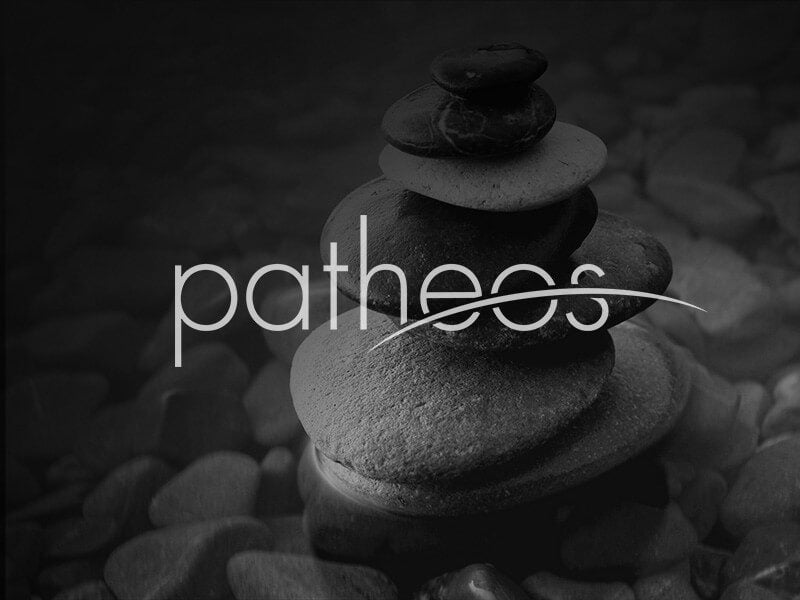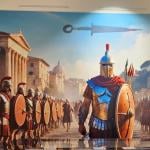In an article from the 1950s, Paul Kristeller traced the development of the system of the fine arts that everyone since at least Kant has taken for granted. He notes that this system, which considers some specific endeavours as “fine arts” separated from mere “crafts” or “artisanship,” was given a strong impetus by the quarrel of ancients and moderns launched in response to Charles Perrault’s poem Le Siecle de Louis le Grand . What was at issue was the problem... Read more
















